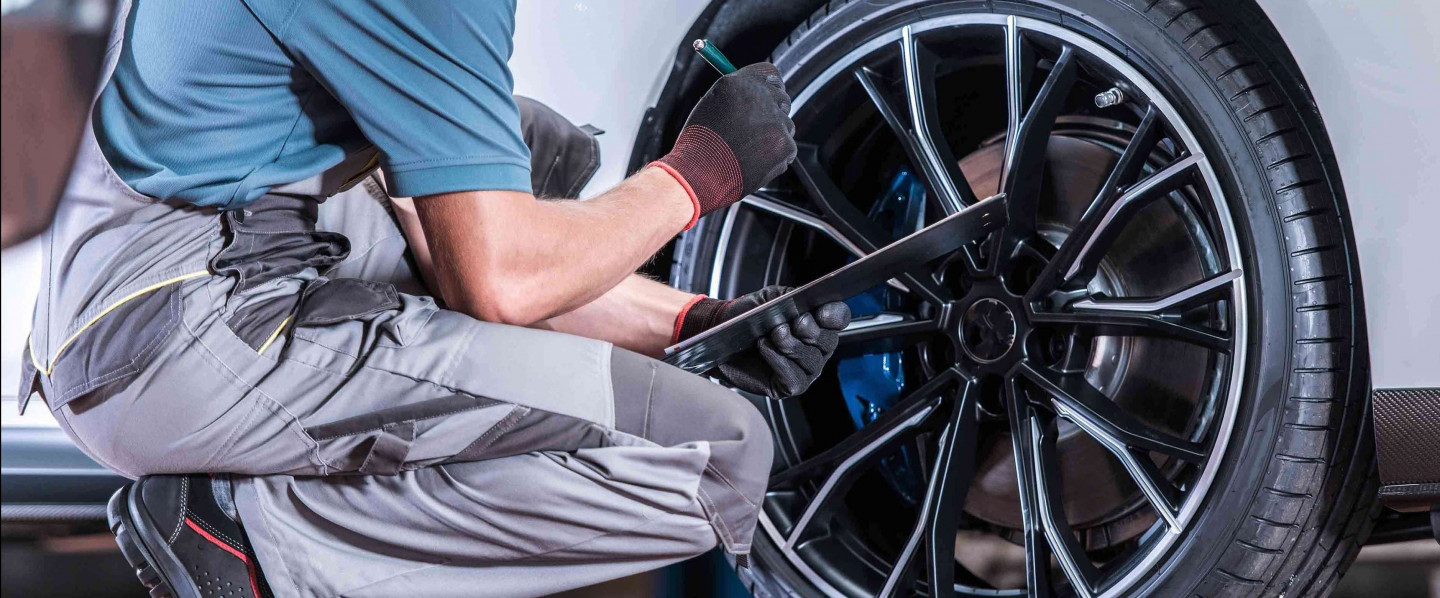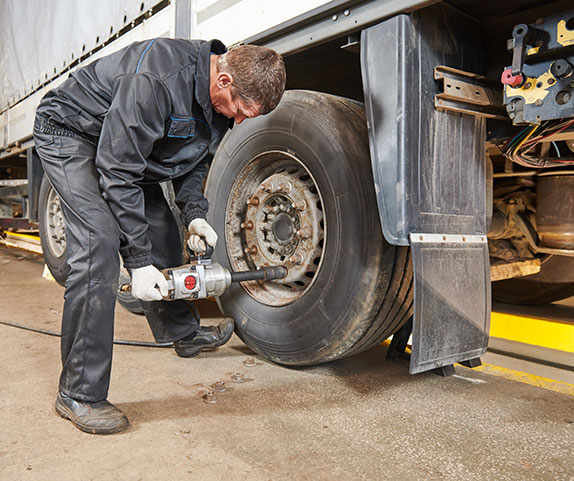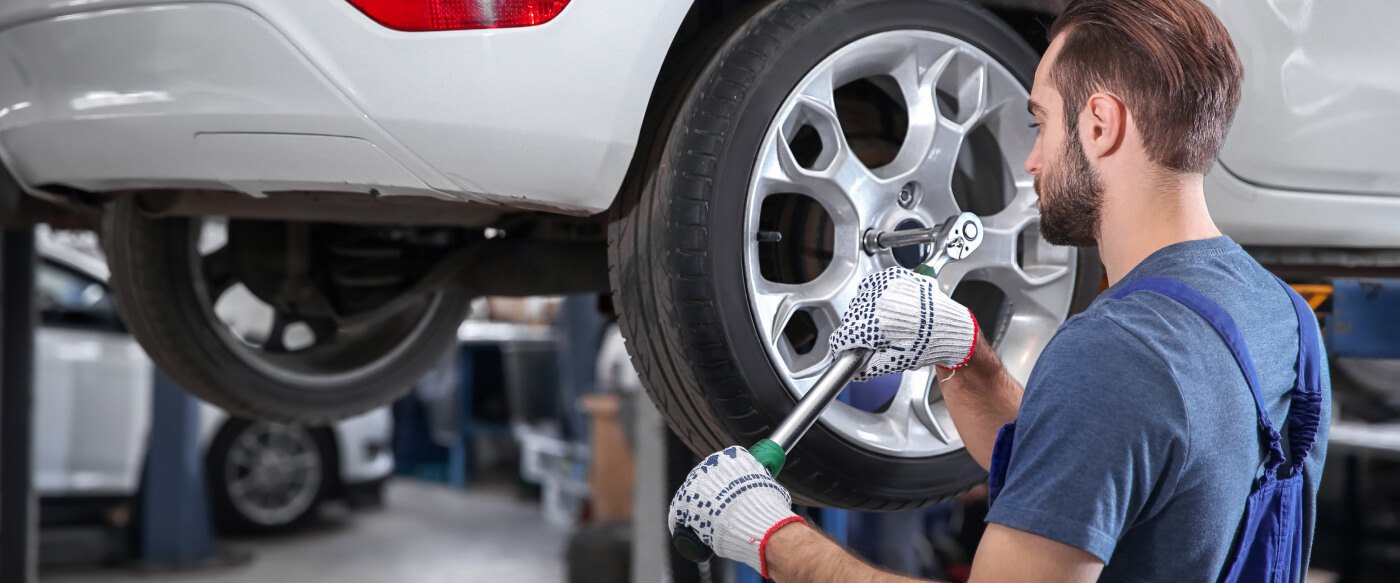Tire Service: The Effect of Climate Condition
When it comes to guaranteeing optimum efficiency and safety on the roadway, understanding the influence of climate conditions on tire solution is important. GMC Tire Service. In this discussion, we will certainly explore the detailed relationship in between weather problems and tire service, dropping light on the importance of weather-specific tire maintenance methods and considerations.
Warm and Tire Performance
When revealed to high temperature levels, tires experience adjustments in efficiency that can dramatically impact automobile security and handling. The warm produced from long term driving or heat conditions creates the tire rubber to soften, resulting in decreased tread life and boosted wear. As the rubber becomes softer, the tire's grasp on the roadway diminishes, affecting braking distances and total grip. In extreme instances, excessive warmth can even trigger tire blowouts, presenting a serious security threat to the automobile and its residents.

Winter Results
Winter conditions can have a substantial effect on tire performance and security. As temperature levels drop, tire rubber can set, causing reduced traction on icy or snow-covered roads. In winter, tires might likewise lose atmospheric pressure a lot more swiftly, which can influence dealing with and gas performance. Additionally, cold temperatures can trigger tire sidewalls to stiffen, boosting the danger of damages from fractures or various other road threats.
To reduce the results of cool climate on tires, it is important to regularly check tire pressure and inflate them to the maker's suggested degrees. Using wintertime or all-season tires designed for winter conditions can likewise boost grip and grasp on icy or snowy roadways. Correct tire maintenance, consisting of normal evaluations for wear and damage, comes to be even more important throughout cooler months to ensure optimal performance and security.
Rainy Issues Effect
Tires with worn-out treads are much more prone to hydroplaning, where a layer of water builds up in between the roadway and the tire surface, leading to loss of traction. To battle this, vehicle drivers ought to routinely examine their tires for adequate tread deepness and consider spending in tires particularly developed for wet conditions.
Additionally, wet weather condition can also reduce visibility, making it testing for vehicle drivers to see the road in advance clearly (GMC Tire Service). In such problems, it is important to readjust driving speeds as necessary and keep a safe adhering to distance to enable unexpected quits. Appropriately inflated tires can likewise help in keeping control on wet roadways by giving much better handling and grasp
Snow and Tire Safety
Snow-covered roadways posture unique challenges for vehicle drivers, highlighting the relevance of proper tire choice Go Here and maintenance. When driving in snowy problems, having the right tires can make a considerable difference in safety and efficiency. Winter months tires are developed with special rubber compounds and walk patterns to supply far better grip on snow and ice contrasted to all-season tires. The deeper footsteps and sipes of winter months tires assist hold the road much better, reducing the danger of sliding and moving.

It is crucial to adhere to producer guidelines when using and mounting tire chains to stop damages to the tires and vehicle. By selecting the appropriate tires, preserving correct rising cost of living, and thinking about additional grip aids like tire chains, chauffeurs can boost their safety and security when navigating snow-covered roadways.
Weather-Related Tire Maintenance
When encountered with various weather, appropriate tire maintenance ends up being an essential aspect of car safety and security and efficiency. Weather-related tire maintenance incorporates a range of techniques focused on ensuring ideal tire function and durability in various weather scenarios. One vital element of weather-related tire maintenance is tire pressure policy. Fluctuating temperature levels can cause tire stress to vary, impacting grip and gas performance. Regularly adjusting and examining tire pressure according to producer referrals is important for safe driving in altering weather condition conditions. In addition, tire tread depth plays a significant role in dealing with various weather condition elements. Tires with adequate tread depth provide better grasp on damp or icy roadways, lowering the threat of skidding or hydroplaning. Evaluating tire walk on a regular basis and changing tires when walk wear reaches a specific depth is crucial for keeping traction and security in negative weather Get More Info condition. By focusing on weather-related tire maintenance, chauffeurs can improve security, improve lorry efficiency, and lengthen the life-span of their tires.
Verdict
In conclusion, weather condition conditions have a considerable impact on tire performance and safety and security. From warmth affecting tire pressure and wear to cool weather reducing grip, it is essential to think about the weather condition when maintaining and using tires.
In this conversation, we will certainly explore the complex connection in between weather condition conditions and tire solution, losing light on the relevance of weather-specific tire upkeep practices and factors to consider.
